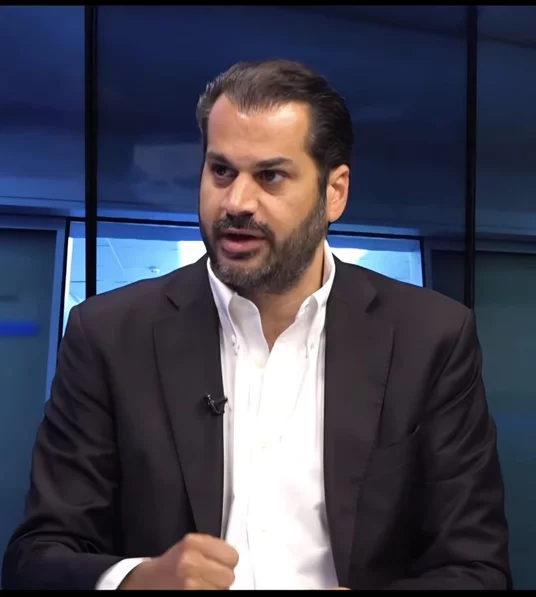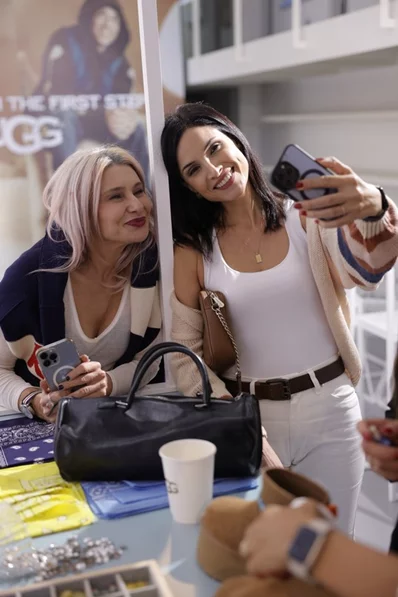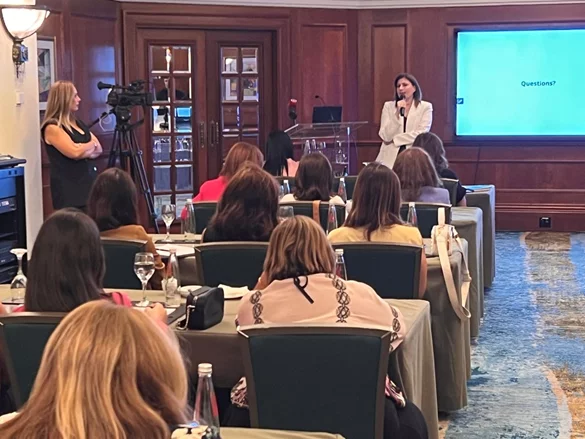With more than 1 billion monthly users, it is fair to say that TikTok has taken the world by storm since its launch in September 2016.
But like so many social media apps, it's not all rosy. TikTok has a dark side that might make you think twice about using the app.
Here are seven reasons that TikTok is bad for everyone.
1. Chinese Influence
While it would be unfair to tar all Chinese apps with the same brush, it is an undeniable fact that TikTok has endured more than its fair share of controversies that can be traced back to its Chinese owners, ByteDance.
Here's a summary of some of these controversies:
- TikTok has been removed from Hong Kong following the recent issues surrounding the region.
- Anyone in mainland China whose cell provider is China Mobile, China Telecom, or China Unicom cannot use the app.
- The US government came within a whisker of banning TikTok in America in August 2020 after then-president, Donald Trump, said he had evidence that showed ByteDance "might take action that threatens to impair the national security of the United States."
- India banned TikTok in June 2020 after the government said it was "prejudicial to sovereignty and integrity of India, defense of India, security of the state, and public order."
2. TikTok Is Bad for Your Brain
TikTok's format of short videos has been linked to decreased attention spans when the app is used for more than 90 minutes a day.
The problem became so severe that TikTok was forced to take action. It hired influencers such as Gabe Erwin, Alan Chikin Chow, James Henry, and Cosette Rinab to ask users to take breaks, and created pop-up warnings to encourage users to stop scrolling.
While using an app that harms your brain is not a good idea for anyone, the issue is particularly pertinent on TikTok due to its demographics. More than 60 percent of users are under 24, a period of time in which the human brain is still not fully developed.
3. Censorship
TikTok moderation is a mess, with censorship rife across the platform.
For instance, the problem surrounding the removal of tags has led some already marginalized communities to become even more excluded. Users who protested racism in their videos reported a drop in popularity of their other content. There is no list of banned words or phrases. And it is unclear whether the mod team is run by AI or by humans.
4. Don't Try This at Home
Social media "challenges" are nothing new. Many of them are harmless fun and often raise money for a good cause. Who could forget classics such as the "ice bucket challenge" or the "mannequin challenge"?
However, some of them stray into dangerous territory, and this is where things get worrying. "Planking" was one of the early trendsetters, with people putting themselves in vulnerable positions (such as atop skyscrapers or on train tracks) just to grab an image for Instagram.
TikTok has taken the idea of dangerous challenges to new extremes. The "penny challenge" (in which you drop a penny between a wall socket and a plug) has started house fires, while the "skull breaker challenge" involves intentionally tripping people up. Nasty injuries have been reported.
There is also the "devious licks" challenge. The challenge encourages students to steal or vandalize school property. Several students have been arrested, and schools have been forced to spend money on fixing broken property.
5. Data Collection
For better or worse, most users now accept that all the apps on our phones track us in some way. But while social media has always been one of the worst culprits, TikTok's data collection techniques are particularly dystopian.
In its privacy policy, TikTok says that it collects the "information you provide in the context of composing, sending, or receiving messages." Yup—TikTok can actively watch what you are writing in messages to friends, even if you never hit the send button.
It also requests access to your phone's model, screen resolution, current OS, phone number, email address, location, keystroke patterns, and even contact lists. None of that seems important if you just want to watch 15-second clips.



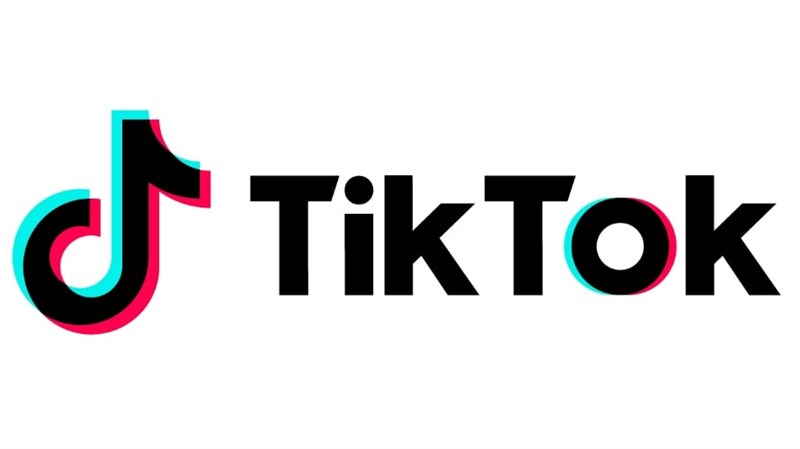



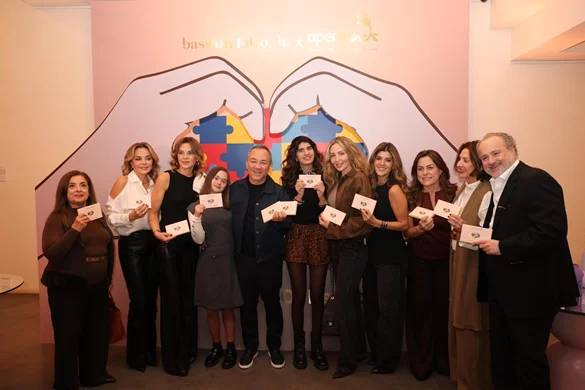





.webp)
